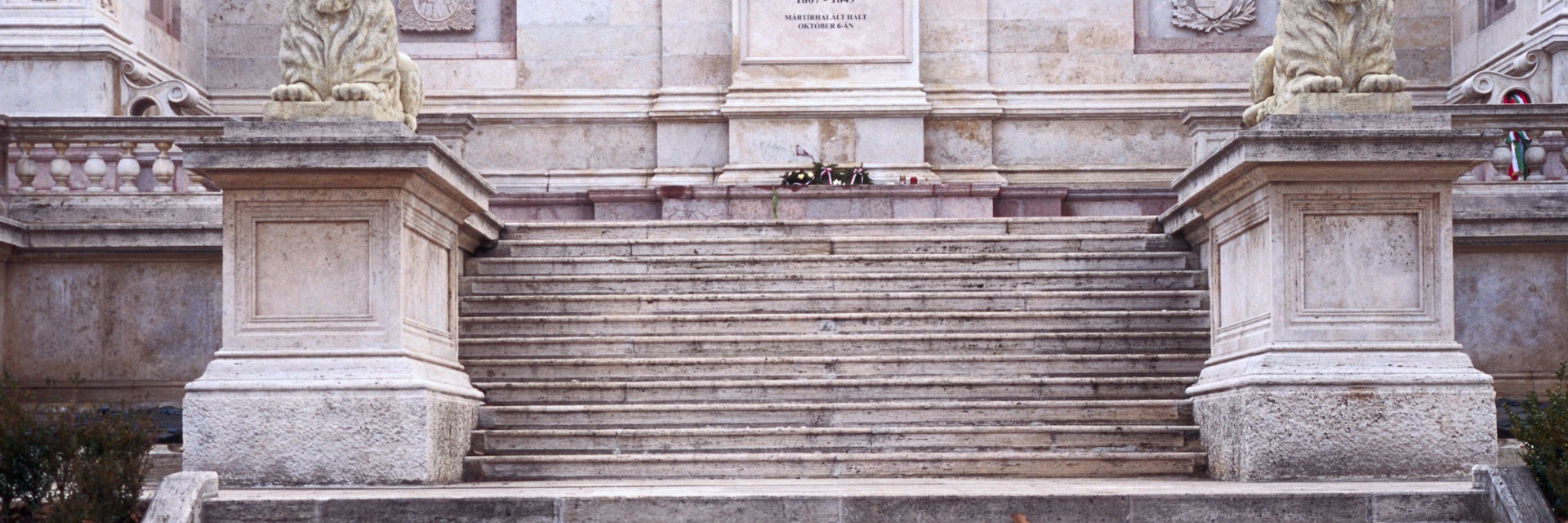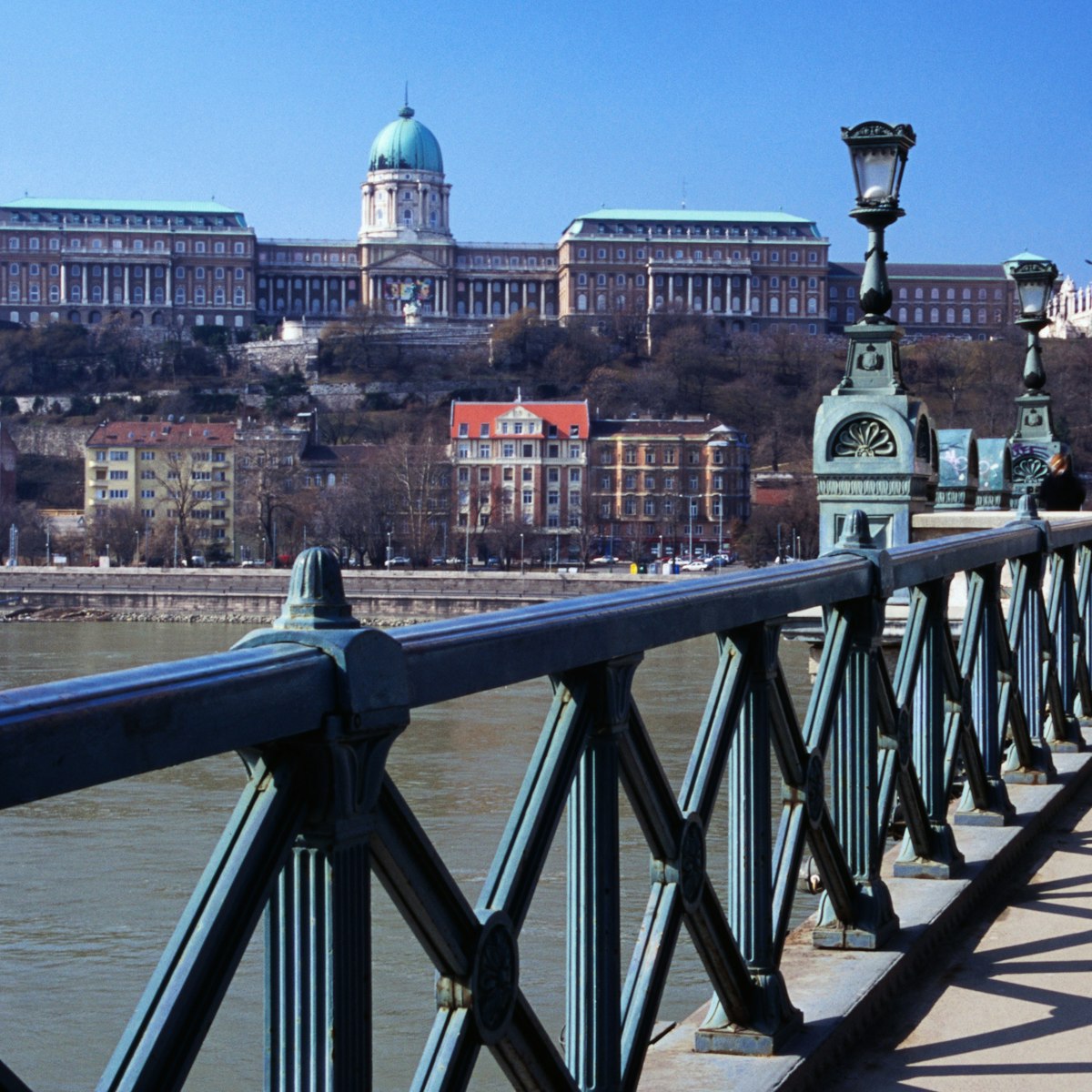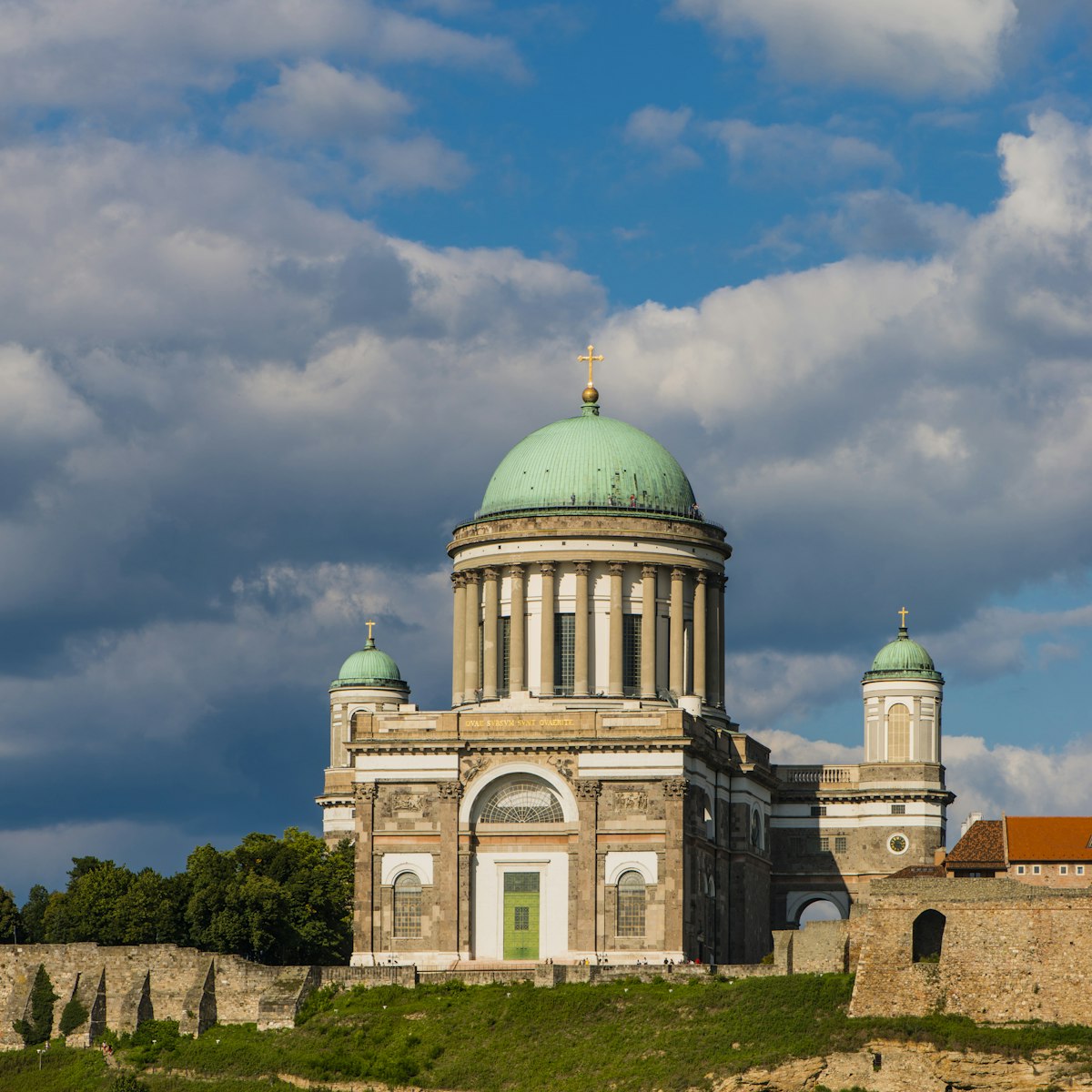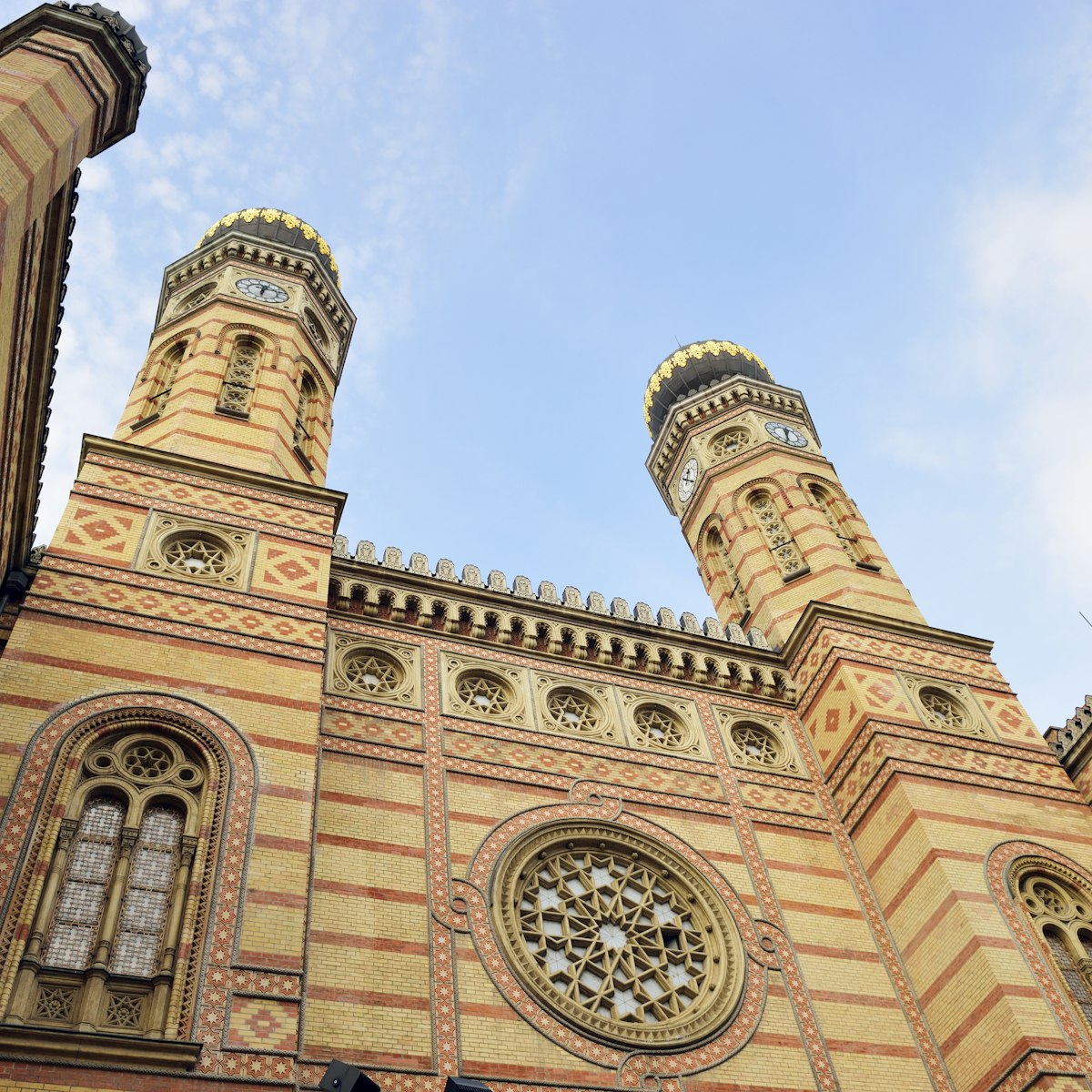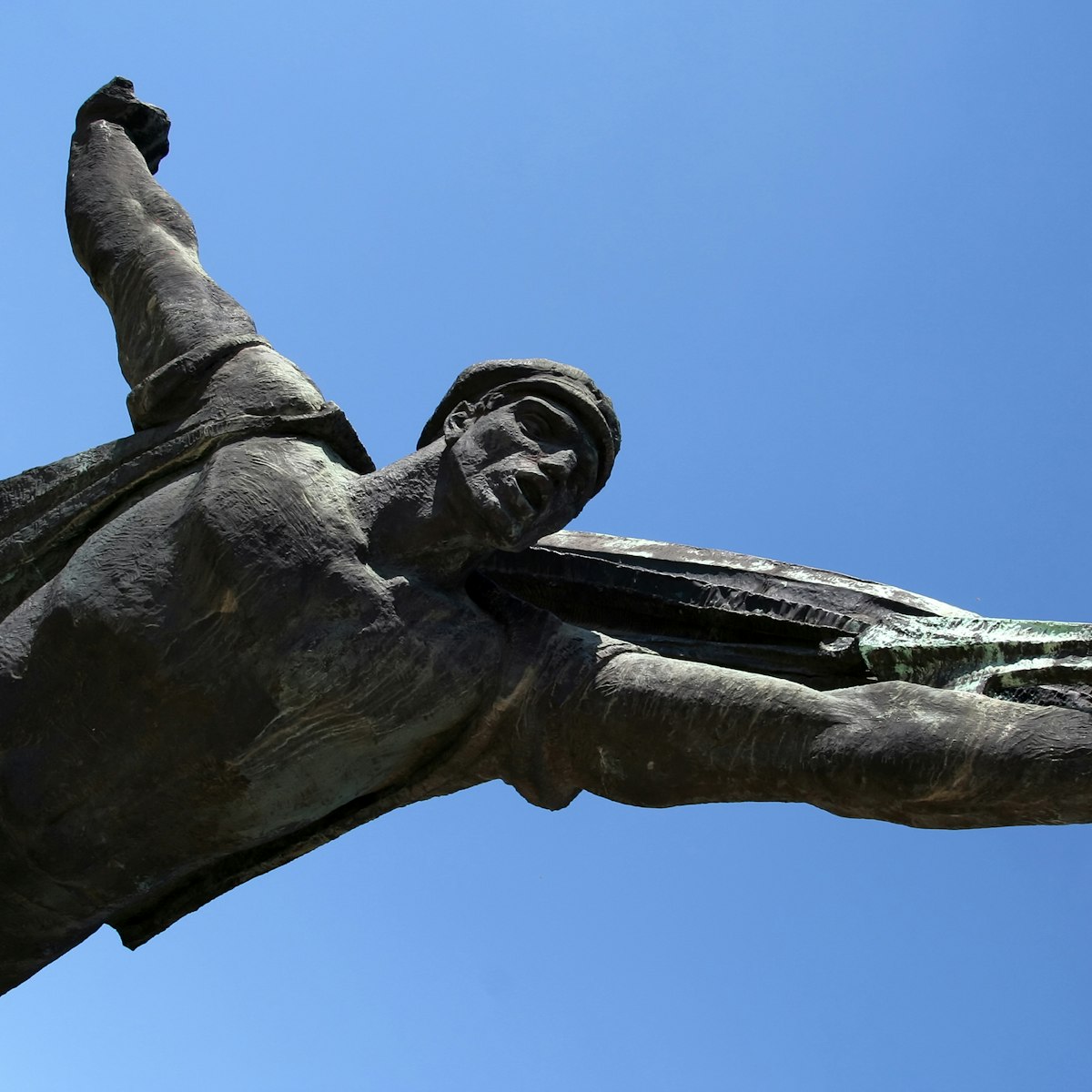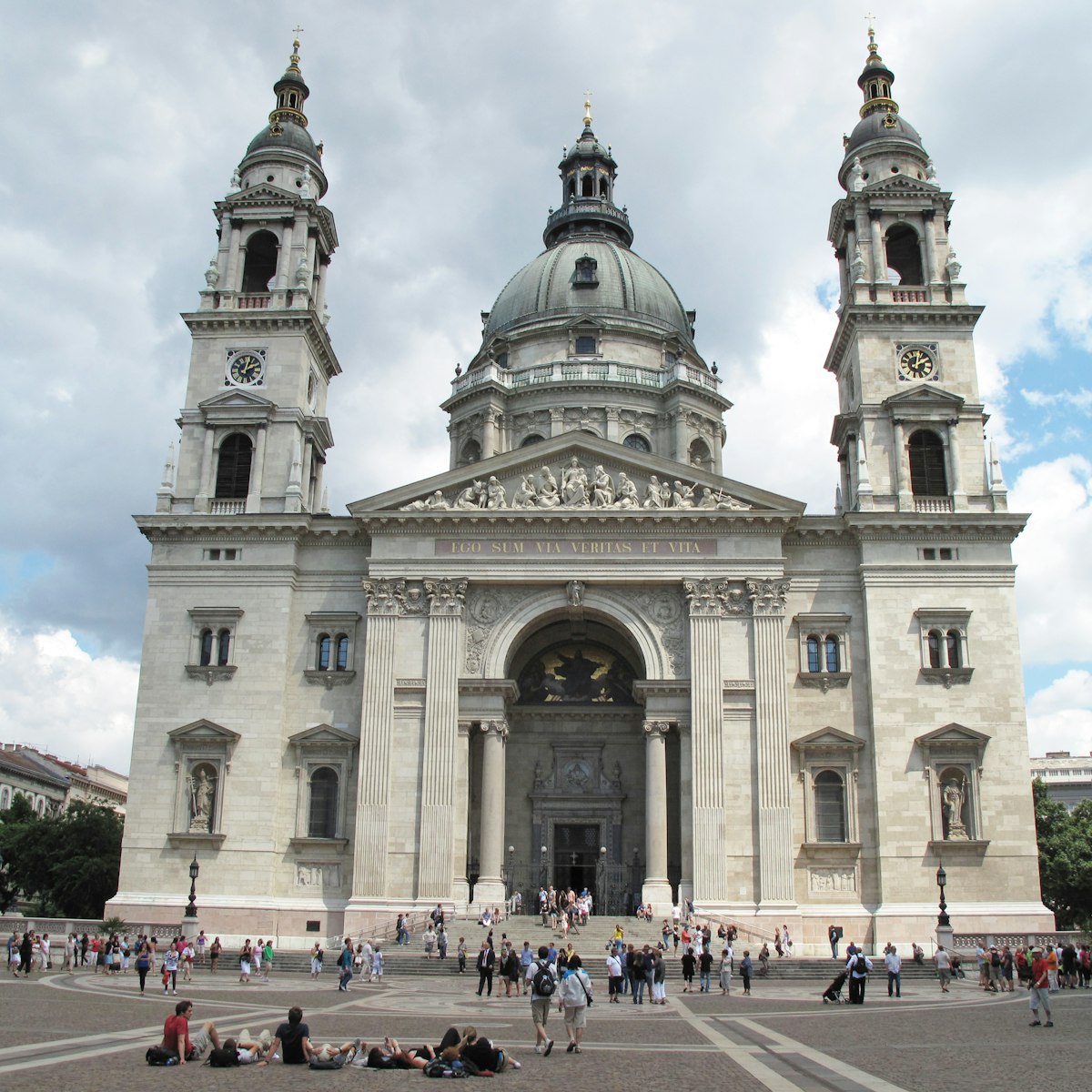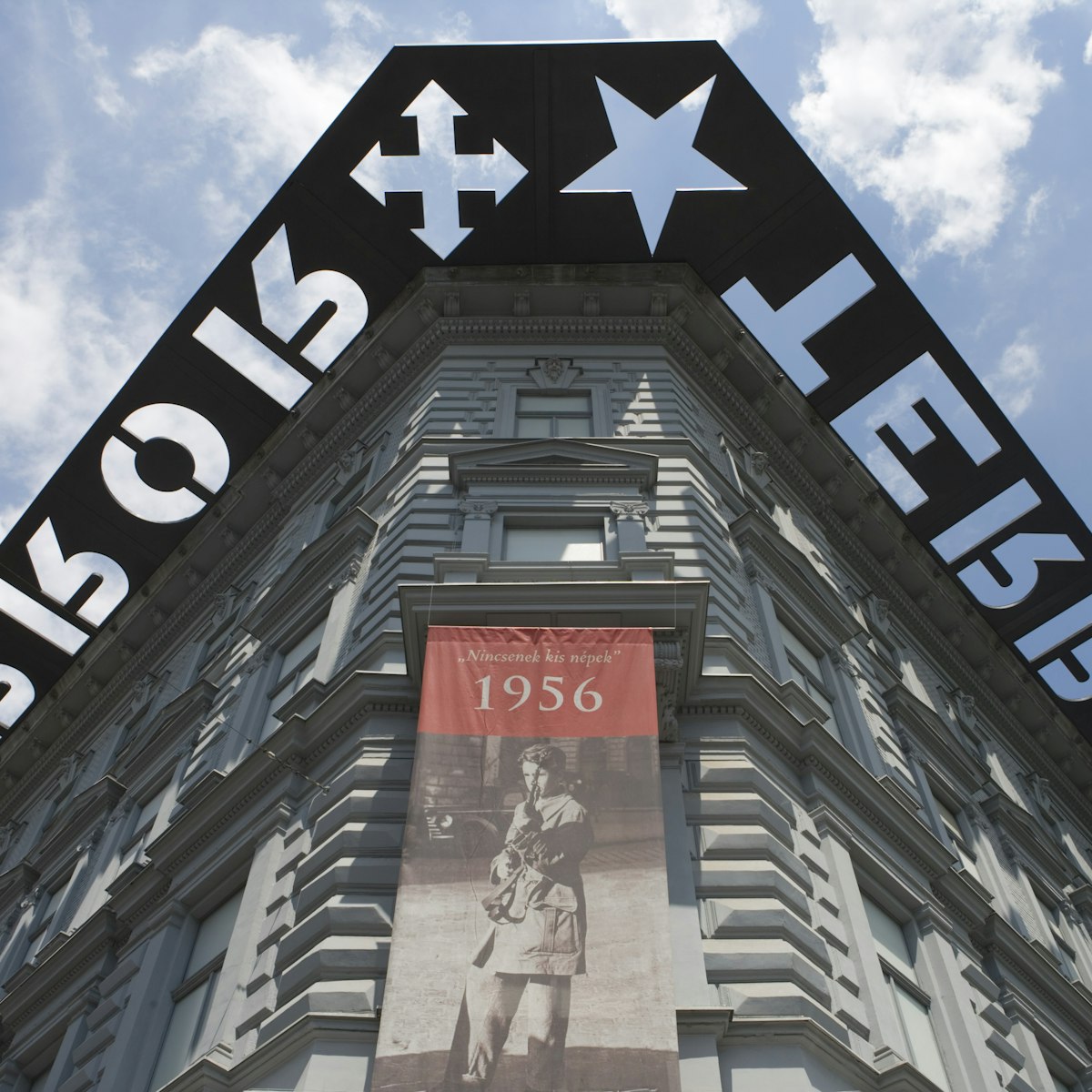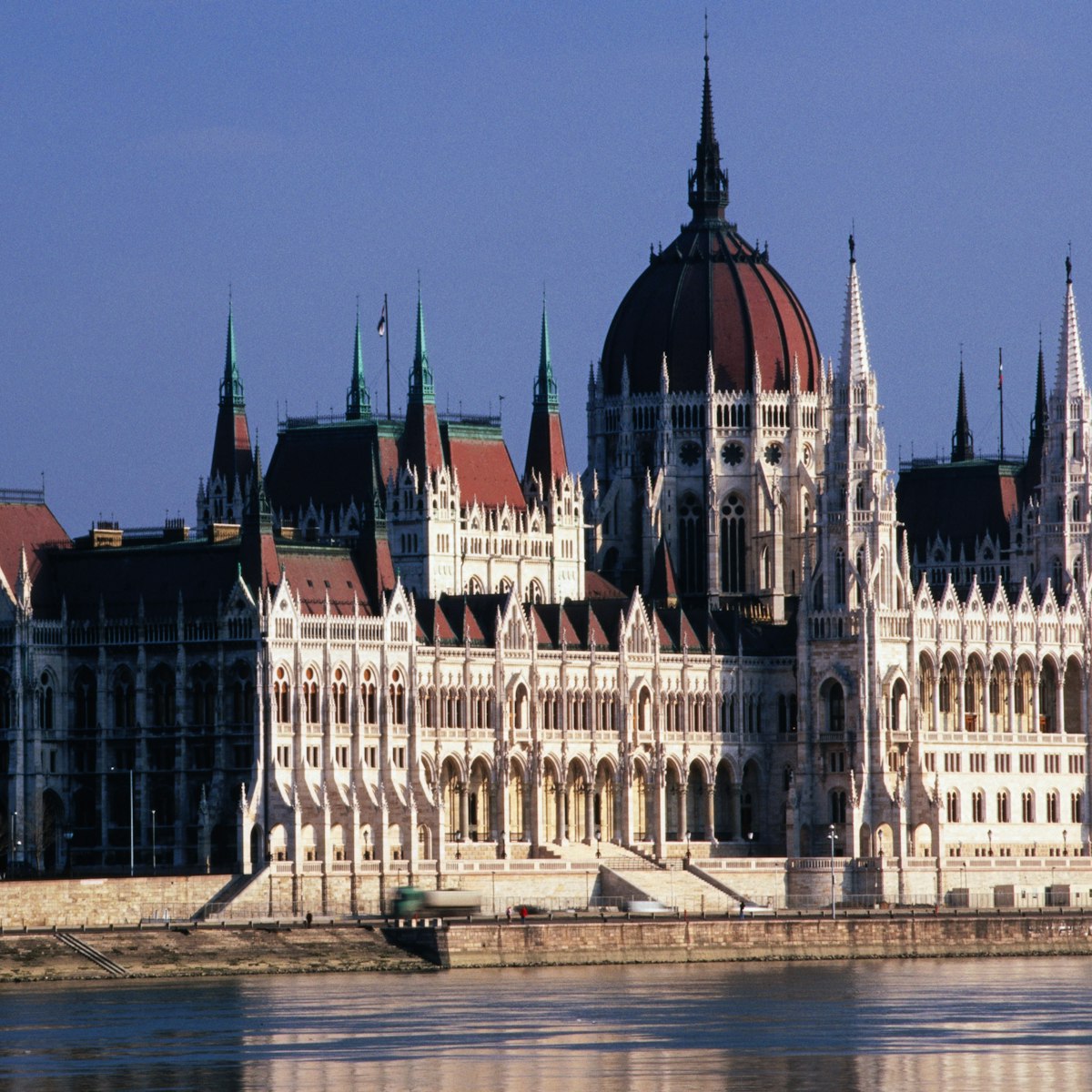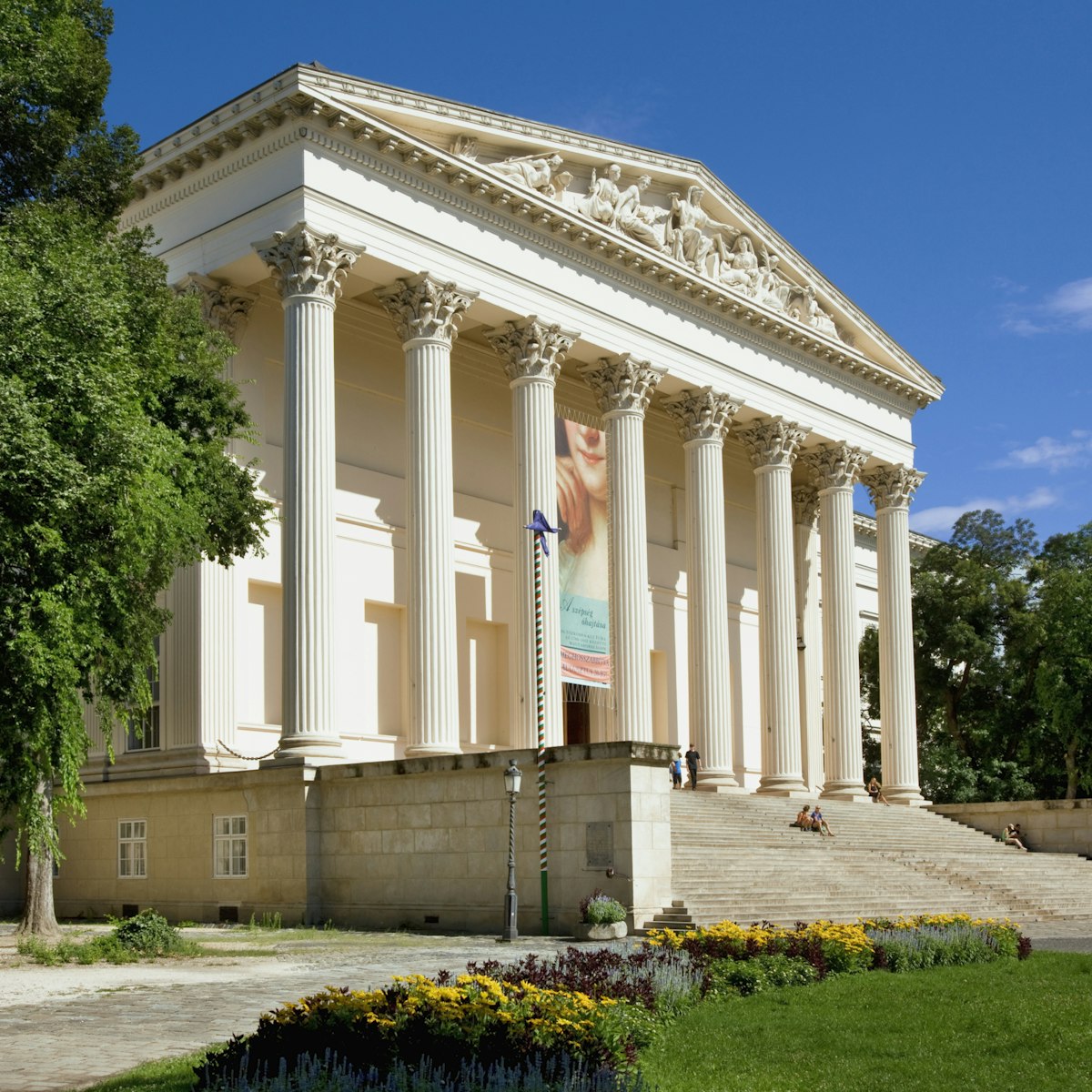Also known as the Fiume St Graveyard (Fiumei uti sírkert), this is Budapest’s equivalent of London's Highgate or Père Lachaise in Paris. Established in 1847, this 56-hectare necropolis holds some 3000 gravestones and mausoleums, including those of statesmen and national heroes Lajos Kossuth, Ferenc Deák and Lajos Batthyány. Plot 21 contains the graves of many who died in the 1956 Uprising. Maps indicating the location of noteworthy graves are available free at the entrance.
On the grounds of the cemetery is the Piety Museum, which offers insights into the city's and the nation's approach to death. To the southeast is the smaller Salgótarján St Jewish Cemetery.
